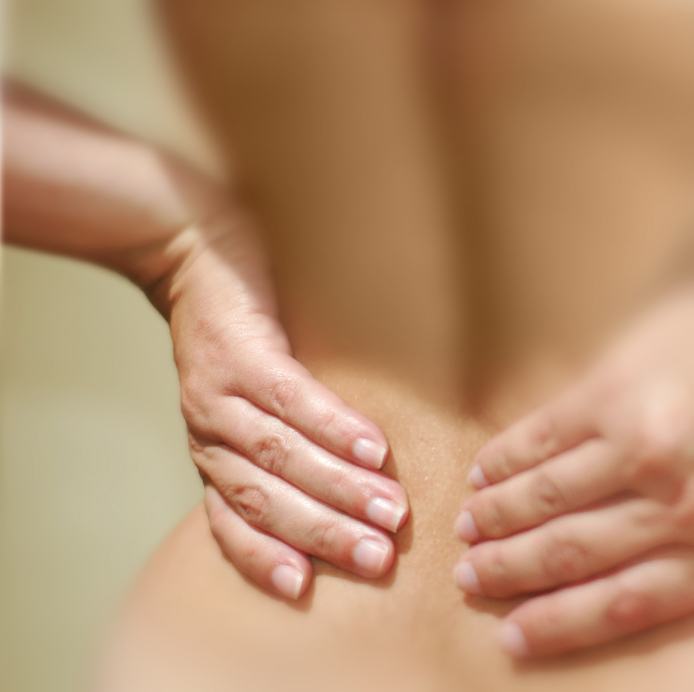
Definition
Low back pain is an extremely common condition with up to 80% of the population experiencing back pain at some point in their lives. Acute back pain can be a frightening experience however; most acute pain disorders are simple tissue strains and if managed well, will settle quickly. For those disorders that don’t settle within expected healing time there are many factors that may contribute to your low back pain experience.
- Pain and stiffness in the lower spine, with possible radiation to the hip, buttock and groin. Acute symptoms may include a sharp pain in the spine with associated muscle tightness (spasm), while chronic symptoms include a “dull ache” and localised stiffness.
- May also include pins and needles/numbness and a loss of strength in the lower limbs (“sciatica”).
- Symptoms generally aggravated by bending, sustained positions (e.g. sitting and standing) and activities of daily living.
There are also other factors that can play a role in your back pain including;
- A lack of movement control of your spine resulting in increased strain and pain of sensitive spinal structures
- Fear of movement or avoiding movement can actually increase disability and risk of re-injury
- Poor strength and endurance of different muscle groups can result in abnormal movement patterns resulting in increased pain
- Lifestyle factors such as lack of sleep, a sedentary lifestyle and stress can sensitise the nervous system making pain worse
- Psychological factors such as too much focus on pain, fear of re-injury, anxiety and low mood can amplify back pain
- Changes in the nervous system that result in lower pain thresholds and ongoing pain – meaning that movements that shouldn’t hurt do
Our treatments are tailored to each individual usually consisting of mobilisation of spinal joints, soft tissue massage, strengthening exercises, stretching, education and exercises for core stability, interferential therapy and ultrasound therapy. Pilates exercises play a vital role in lower back pain, by improving spinal stability via deep abdominal strengthening.

